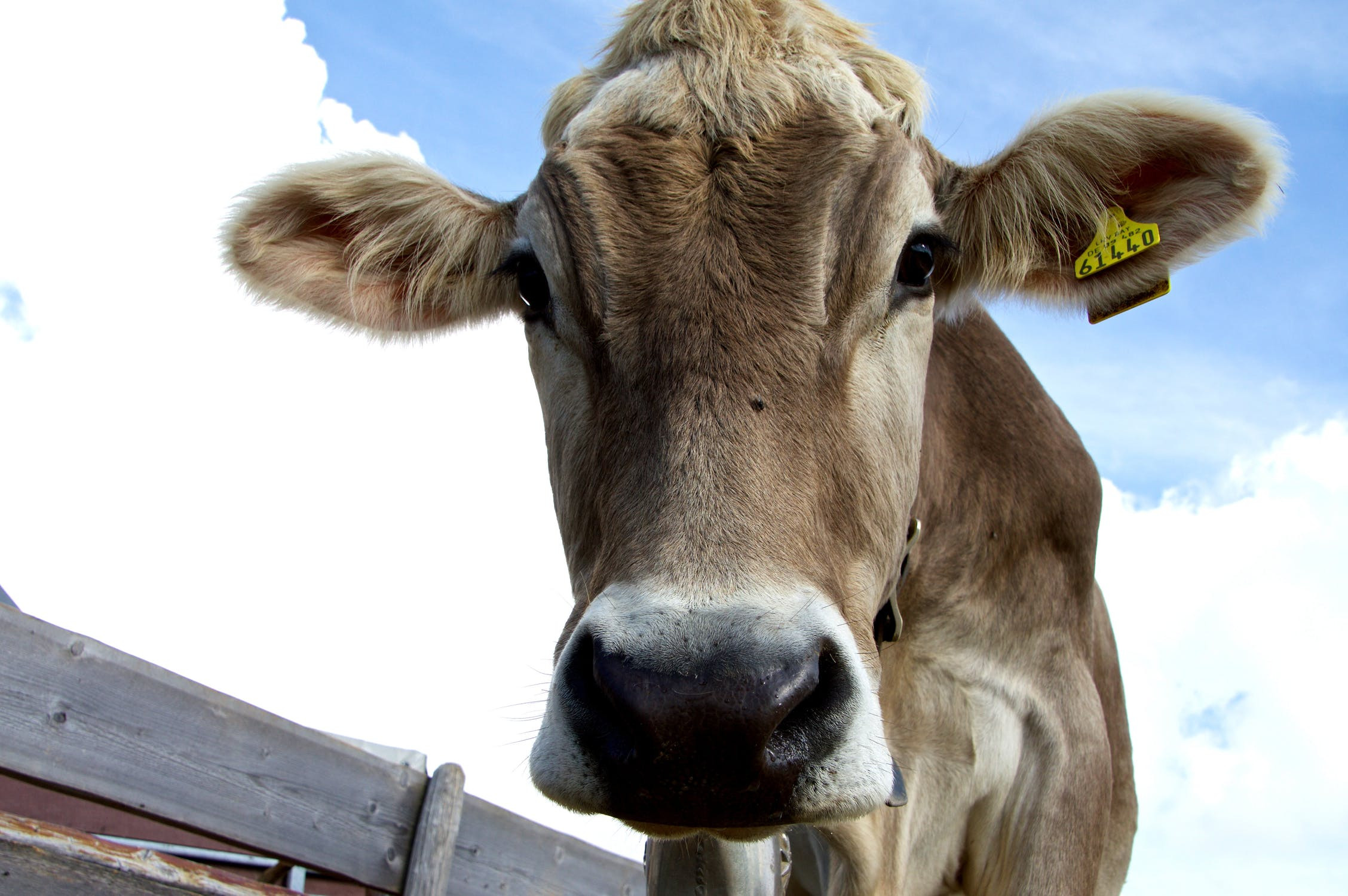The misguiding nature of the new A2 milk discovery means you need to talk to your farmer.
posted on
March 29, 2018

I was given a postcard for another small farm that said something like “100% Jersey cows producing A2 milk”, and this got me frustrated. It’s bad enough that “grass-fed” means a cow can be finished on grain and that “pastured” means a chicken may never touch grass, but now small farms are doing it, too!? I know farming is a hard gig, and I don’t think anyone is being maliciously deceitful. I’m disappointed. Unscrupulous farmers interested in high quality nutrient-dense food should do thorough research about new products, like A2/A2 cow dairy, and present accurate information. And conscious consumers should do the same.
Let’s dispel the A2 myth. Just because a cow is a Jersey cow (or another heritage breed), it does not mean that the milk is A2/A2. Not at all. Through genetically testing his herd, our farmer found that the chance of a heritage cow producing A2/A2 milk is greater than a conventional cow (like a Holstein), but it’s certainly not a 100% guarantee. So, a herd of heritage dairy cows will produce milk with a higher concentration of A2 beta-casein protein, but not 100%. If someone is intolerant to A1 beta-casein protein, they will only be able to digest milk that has 100% A2 beta-casein protein.
Converting a herd (like ours) to produce milk with a 100% A2/A2 protein profile is time-consuming and expensive. Here’s what our farmer did. First, he read the book The Devil in the Milk, perused articles about A2/A2 dairy, and talked to some experts in the field. Then, he collected hair samples from his cows and sent them to a lab for genetic analysis. The cows that produce 100% A2 milk were kept. The cows that produced any percent of A1 milk were slowly sold, and A2/A2 cows were slowly purchased. The whole process took about a year. With a dairy cow costing $800-3,000 (depending on age, health, diet, and whether it’s A2/A2 or not) and cows producing less for a year after they are moved, it is an expensive process, especially for a small farmer. Also, given the increased demand for A2/A2 milk, it can be hard to come by an A2/A2 cow for sale.
If you’re new here, you may be asking, what’s the big deal with A2/A2 cow milk anyway? All other mammals – humans, goats, sheep, camels, platypuses, and so on – produce 100% A2 milk. The A2 beta-casein protein is fully digestible by mammals. It’s cow dairy that has been infiltrated with a new type of protein via genetic mutation centuries ago, which made cows produce a new type of beta-casein protein – A1. Some bodies cannot handle the A1 beta-casein protein. They are not lactose-intolerant, but A1 beta-casein intolerant. Our farmer is proud to have a 100% A2 herd and has noticed mood and health differences in his children and calves.
If you seek 100% A2/A2 cow dairy (from a farm other than us), here are some questions to help you verify the protein profile of their milk:
1 - What breed are your cows? This doesn’t matter so much, but the answer should not be Holstein.
2 - Do your cows produce milk with a 100% A2/A2 protein profile? Do you genetically test your cows to verify this? The answer should be yes and yes.
3 - Do you source milk from other farms? Have they genetically tested their cows to find out their A1/A2 protein profile? All cows should be genetically tested.
I hope you an enjoying the start of spring, which is finally here. I am so looking forward to the wonderful milk produced on fresh spring grass.




